Purpose
This exercise teaches delegates how to effectively use the STAR technique to answer behavioural interview questions. It focuses on improving their ability to provide structured, concise, and relevant responses in job interviews, helping them communicate their skills and experiences more clearly.
STAR stands for:
- Situation. Describe the context within which you performed a task or faced a challenge.
- Task. Explain the specific responsibility or task you were given in that situation.
- Action. Describe the steps you took to address the task or challenge.
- Result. Share the outcomes or results of your actions, emphasising your contributions.
The STAR technique helps ensure answers to behavioural questions are organised and clearly demonstrate how a candidate’s past experiences are relevant to the role they are applying for.
Objective
Delegates will practice answering behavioural interview questions using the STAR format. They will receive random interview questions, respond using the structured method, and receive peer feedback on how well they followed the STAR technique and communicated their skills.
What You Need
- A set of Behavioural Interview Question Cards. Print each question on a separate card so you can distribute them. A set is provided at the end. Here are some examples:
- “Tell me about a time you had to manage a difficult project with tight deadlines.”
- “Describe a time when you had to resolve a conflict within your team.”
- “Describe a situation where you had to motivate a team that was underperforming.”
- An optional feedback form or checklist for peers to use while providing feedback on STAR answers. This can be a table with four rows of the STAR technique, so comments can be made for each section.
Setup
- Begin by explaining the importance of answering behavioural interview questions with a structured format. Highlight that interviewers use these types of questions to evaluate how past experiences demonstrate the candidate’s ability to handle future situations.
- Introduce the STAR technique and explain each component.
- Divide the delegates into pairs. If there is an odd number of delegates, one group can be a trio or take turns observing.
- Give each group a random Behavioural Interview Question Card. A nominated participant (Person 1) in each group should answer to their peer (Person 2) using the STAR format. Allocate 3 minutes for this.
- After each response, ask the Person 2 in each group to provide feedback (for about 3 minutes):
- How clearly Person 1 followed the STAR format.
- Whether the answer was structured, concise, and relevant to the question.
- How well person 1 highlighted their skills and contributions in the ‘Action’ and ‘Result’ stages.
- Get Person 1 to take the feedback onboard and repeat the exercise again with the same question so they have an opportunity to practice. Follow this with quick feedback from Person 2.
- The whole round should take about 10 minutes: 3 min answering interview question + 3 min feedback + 3 min second attempt + 1 min second feedback.
- Switch roles and repeat with the same question (allocate 10 minutes for this).
- Get each group to pass on their Behavioural Interview Question Card to another group. Initiate another round so they can practice with a new question. Choose how many rounds to do based on how much time you have for this exercise.
- After the practice session, reconvene the group for a debrief. Get delegates to share their experiences and discuss the feedback they received.
Timing
Explaining the Exercise: 2 minutes
Activity: 20 min for each question x N questions = 60 minutes for 3 questions
Group Feedback: 10 minutes
Discussion
Use the following questions to guide the discussions:
- How did using the STAR technique help you structure your answers?
- Which part of the STAR method did you find most challenging: describing the situation, explaining your actions, or highlighting the results?
- How helpful was the feedback from your peers in refining your responses?
- Were there any moments where you felt that sticking to the STAR structure helped you avoid rambling or being vague?
- How do you think using STAR will help you perform better in real-life interviews?
- Can you think of a situation where the STAR format might not work?
- How can you prepare more examples that fit the STAR structure for future interviews?
Behavioural Interview Question Cards
“Tell me about a time you had to manage a difficult project with tight deadlines.”
“Describe a time when you had to resolve a conflict within your team.”
“Describe a situation where you had to motivate a team that was underperforming.”
“Give an example of a time when you had to adapt to significant changes at work.”
“Can you tell me about a time when you took the initiative to solve a problem before it became serious?”
“Tell me about a time when you had to make a difficult decision with incomplete information.”
“Describe a situation where you disagreed with a colleague or manager. How did you handle it?”
“Tell me about a project where you had to manage multiple competing priorities.”
“Give me an example of a time when you went above and beyond to meet a client’s expectations.”
“Describe a situation where you had to learn a new skill or technology quickly to complete a task.”
“Tell me about a time when you made a mistake at work. How did you handle it, and what was the result?”
“Describe a time when you had to collaborate with a team from a different department to achieve a common goal.”
“Tell me about a time when you had to deal with a challenging customer or client.”
“Give an example of a time when you had to explain a complex concept to someone who wasn’t familiar with it.”
“Describe a situation where you had to balance a large workload with limited resources.”
“Tell me about a time when you had to make a quick decision under pressure.”
“Give an example of a time when you had to persuade others to see your point of view.”
“Describe a time when you identified an opportunity for improvement in a process.”
“Tell me about a situation where you had to change your communication style to work more effectively with a colleague or client.”
“Give an example of a time when you faced a significant setback on a project.”
“Describe a time when you took on a leadership role even though it wasn’t part of your job description.”
Soft Skills Training Materials
Get downloadable training materials
Online Train the Trainer Course:
Core Skills
Learn How to Become the Best Trainer in Your Field
All Tags
Training Resources for You
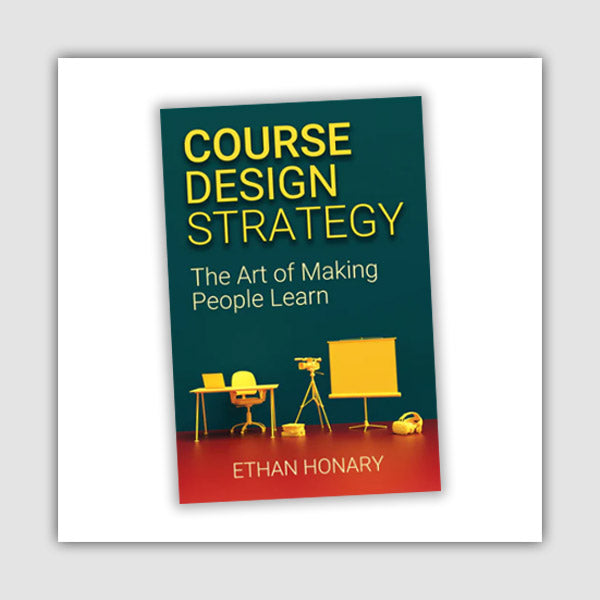
Course Design Strategy
Available as paperback and ebook

Free Training Resources
Download a free comprehensive training package including training guidelines, soft skills training activities, assessment forms and useful training resources that you can use to enhance your courses.

Our Comprehensive Guide to Body Language

Train the Trainer Resources
Get Insights - Read Guides and Books - Attend Courses
Training Materials
Get downloadable training materials on: Management Training, Personal Development, Interpersonal Development, Human Resources, and Sales & Marketing

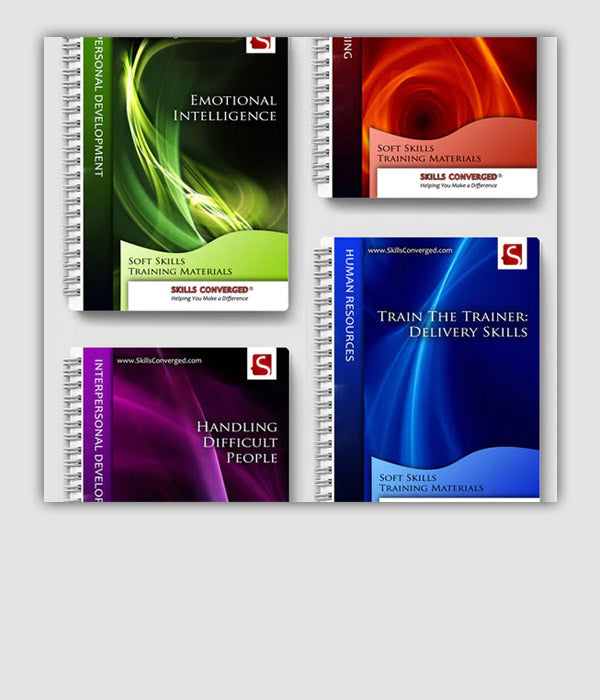
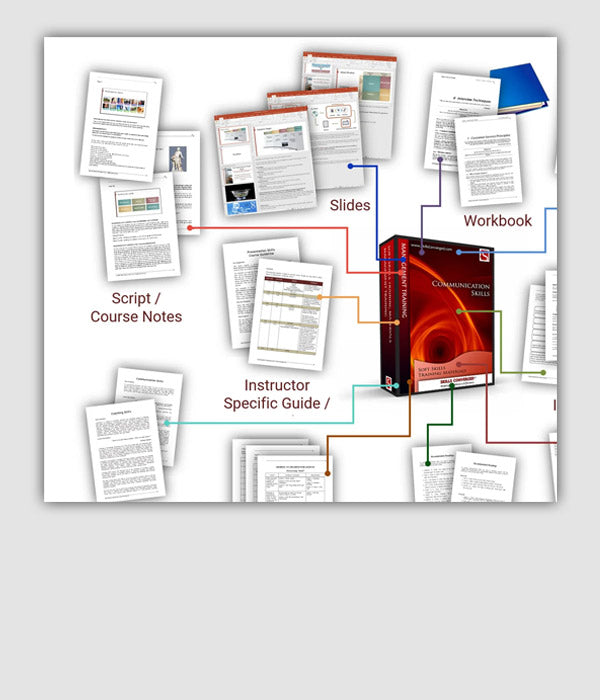
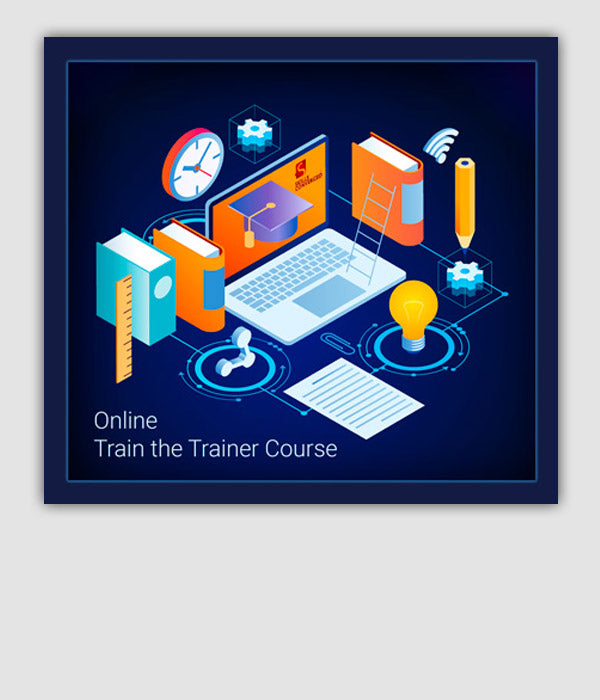
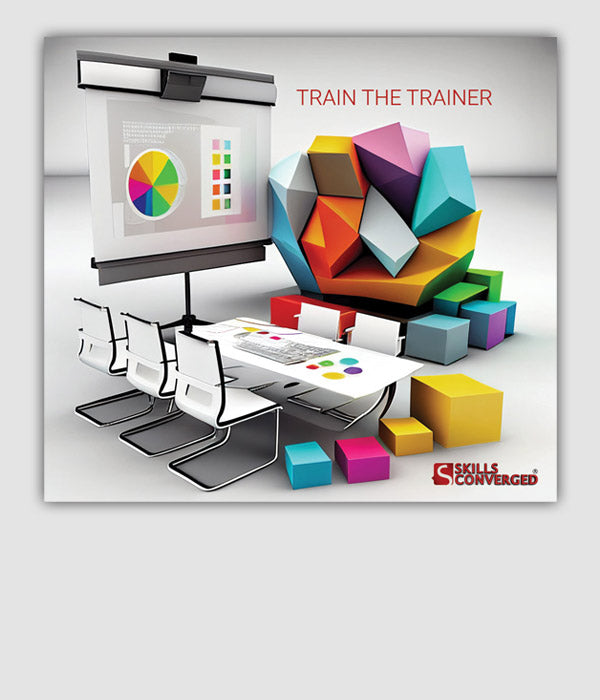




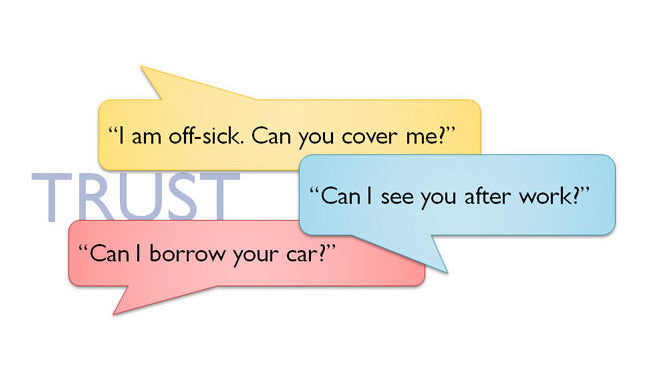
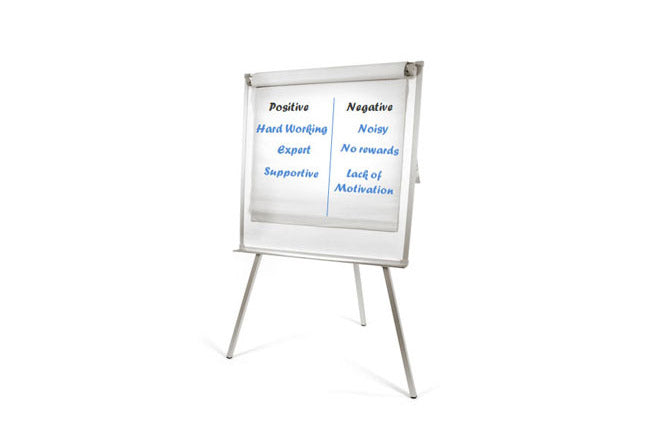

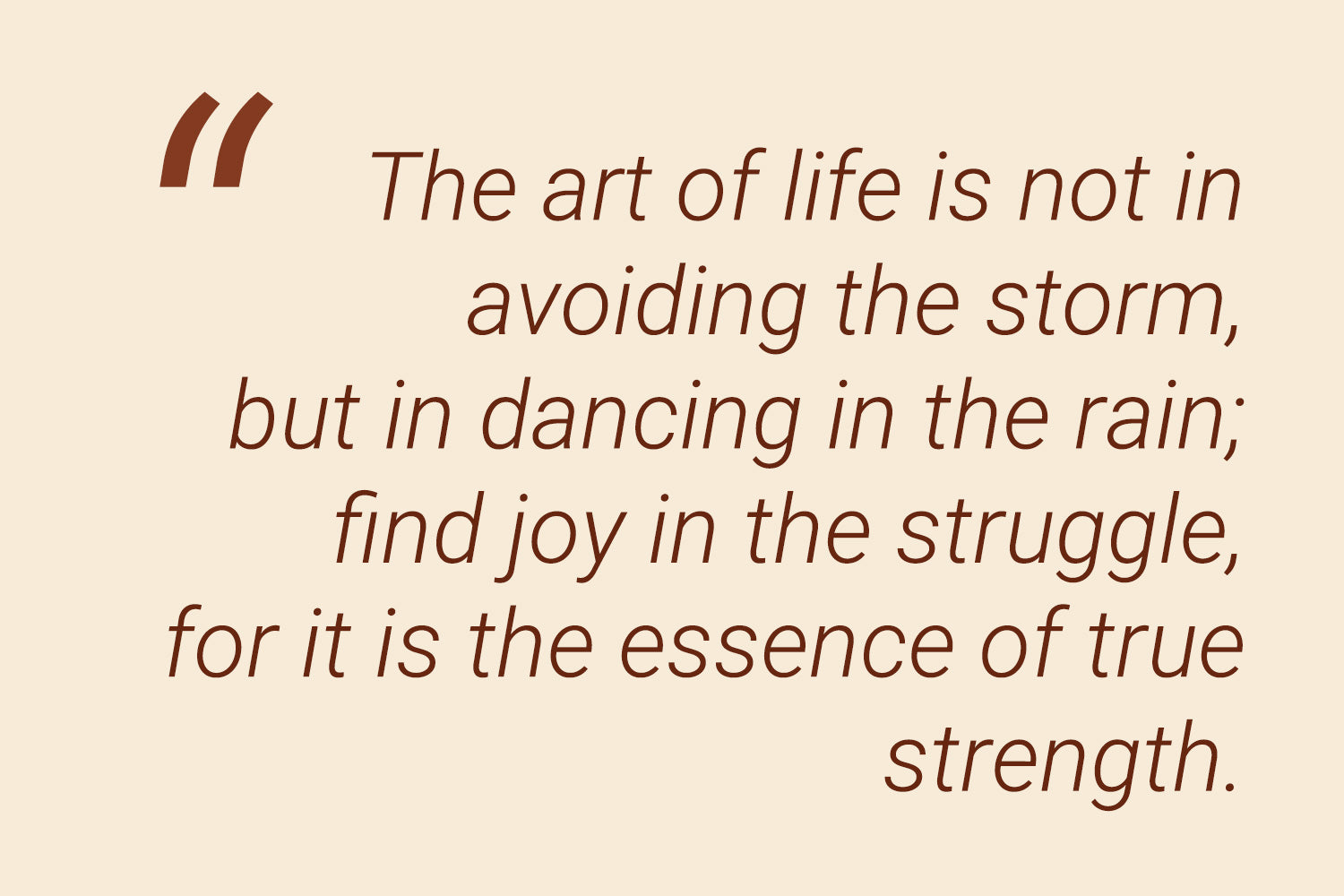

Leave a comment
All comments are moderated before being published.
This site is protected by hCaptcha and the hCaptcha Privacy Policy and Terms of Service apply.